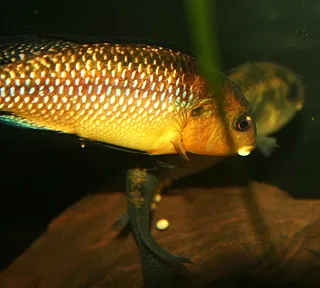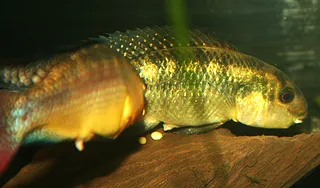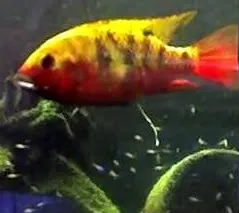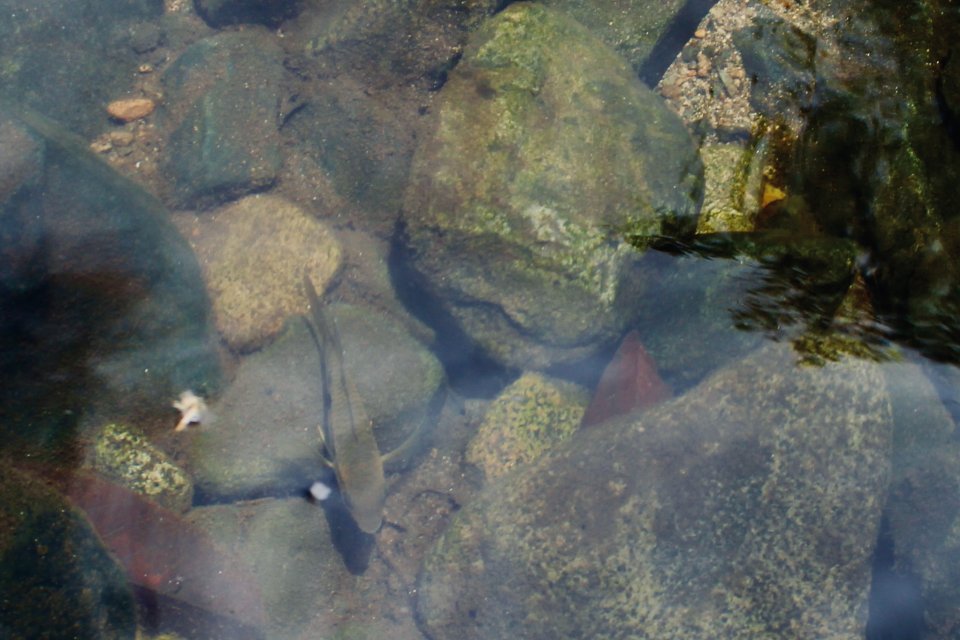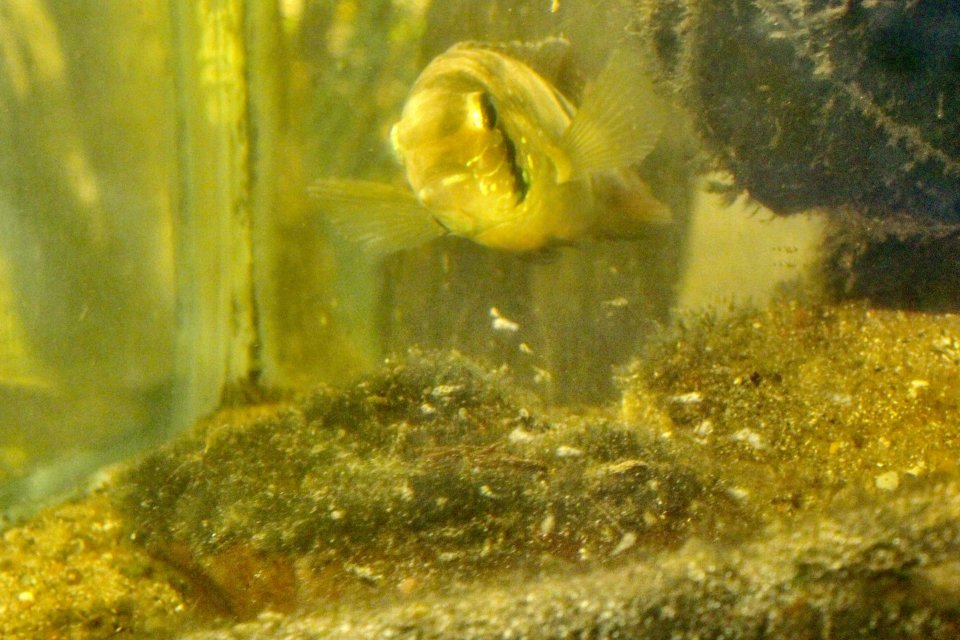Yesterday, Danial Atencio, his son Jacob, and I decided to return to the Chorro de Chorrera, a part of the Rio Caimito and Chagres drainage system, slightly west of the Panama Canal to collect.
The river cascades from the highlands in a series of picturesque waterfalls, and eventually flows into the Pacific.
Back in June of 2023 (the last time, we visited), we purposely came back empty handed, the fish we did catch (in my view) were too large to keep, they were very large chupa piedras `(Ancistrus chagresi).
With almost every cast, at least one large pleco was pulled up.
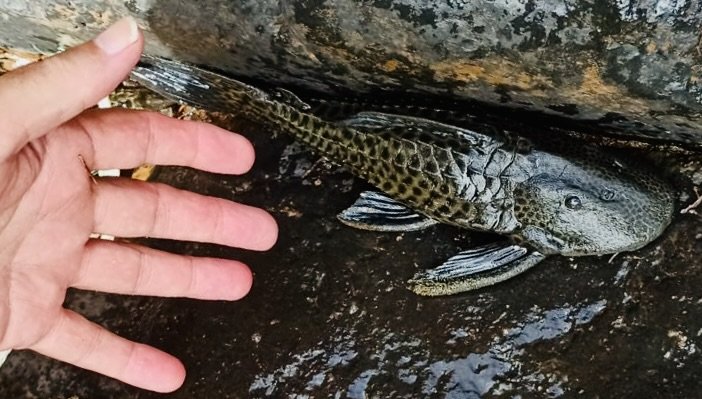
Didn¨t take long to figure out thia day wasn´t going to work for collecting here.
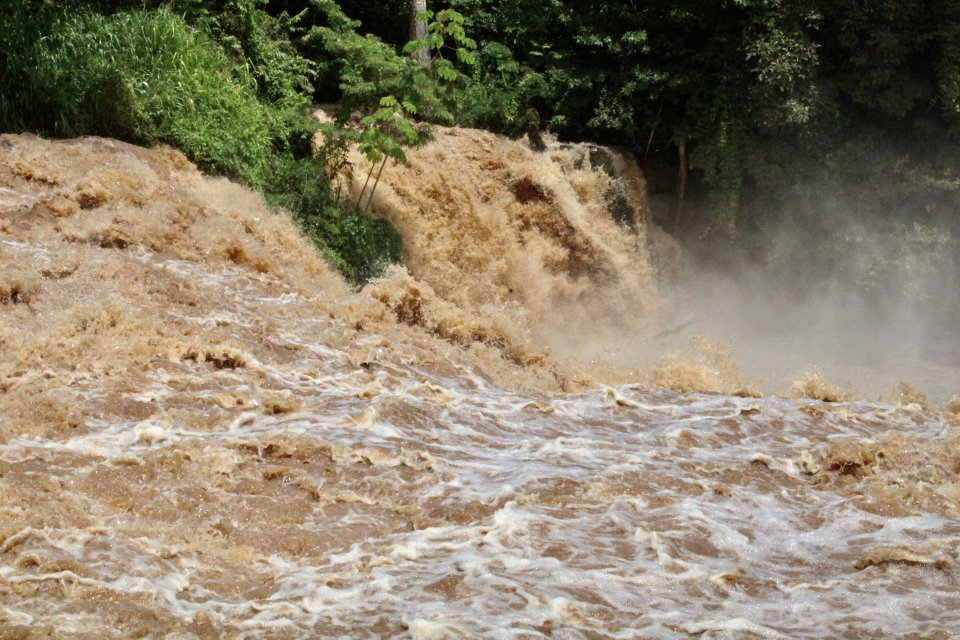

Moving on, we found the Rio Cacoa de Capira, a small stream a few miles down the road,and spent about 2 hours netting there.
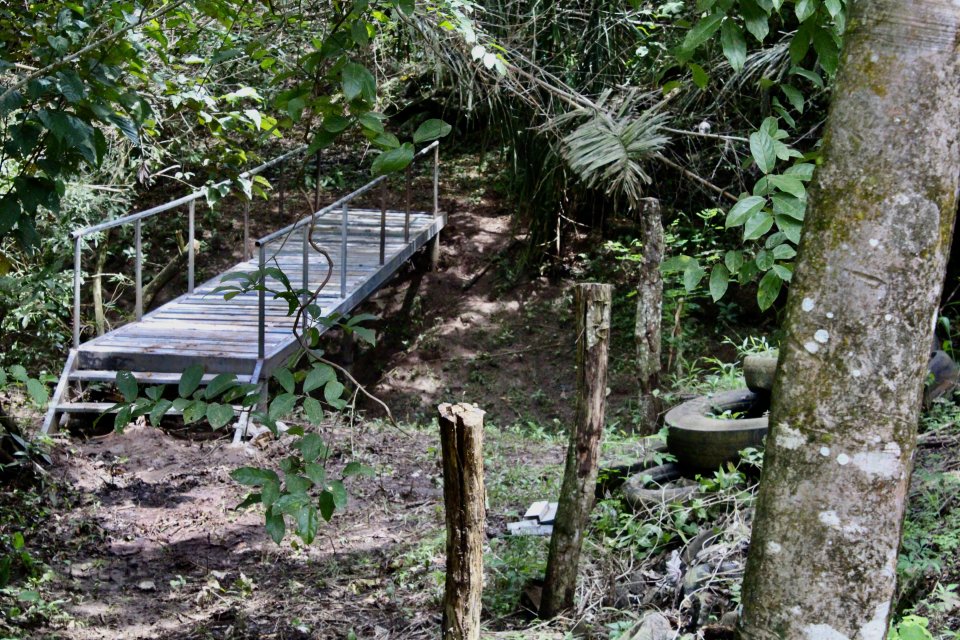
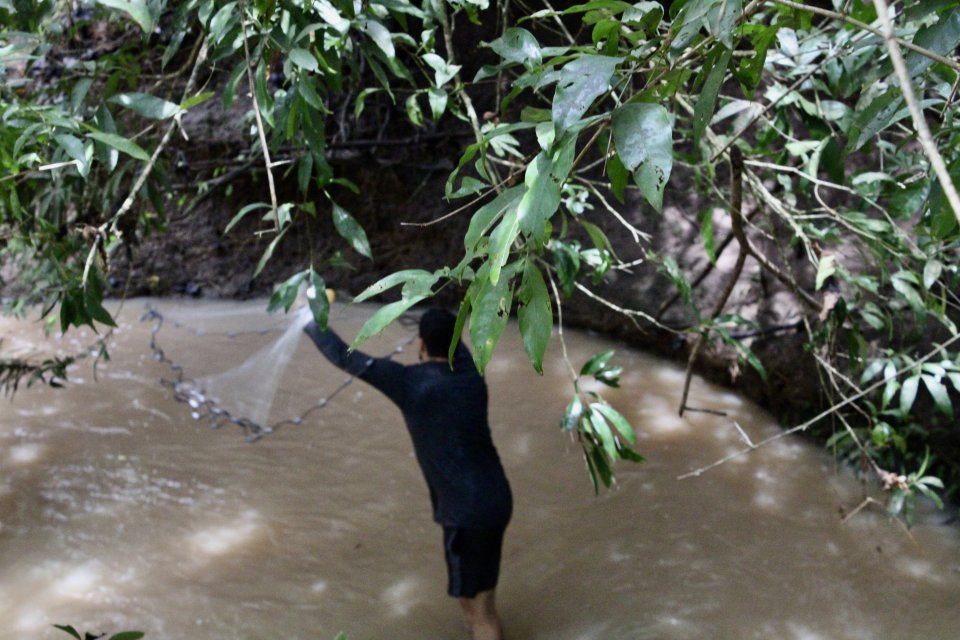
We landed 2 juvie Andonoacara cichlids, a Roeboides tetra, and a one fresh water shrimp.
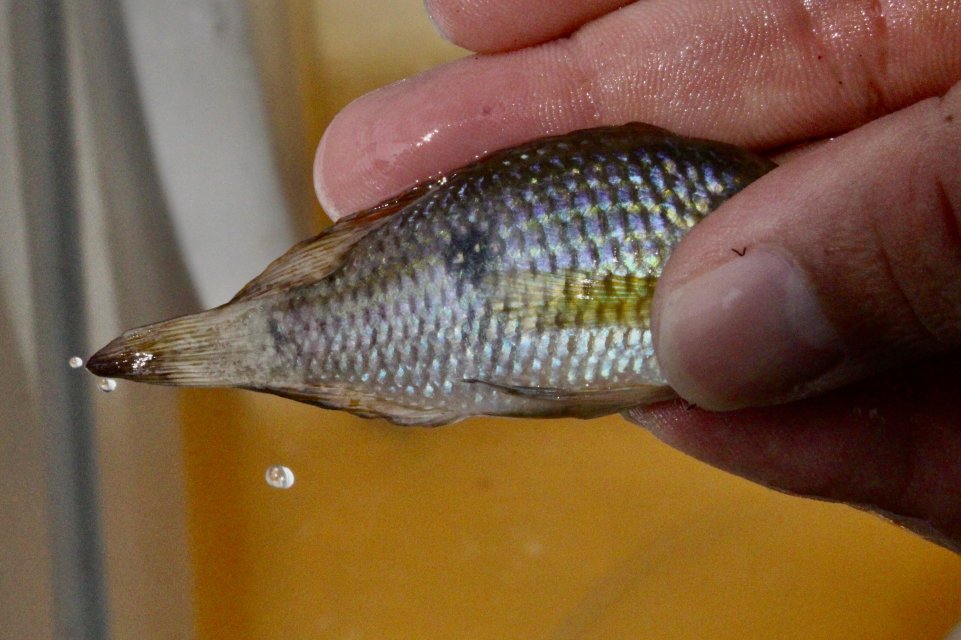
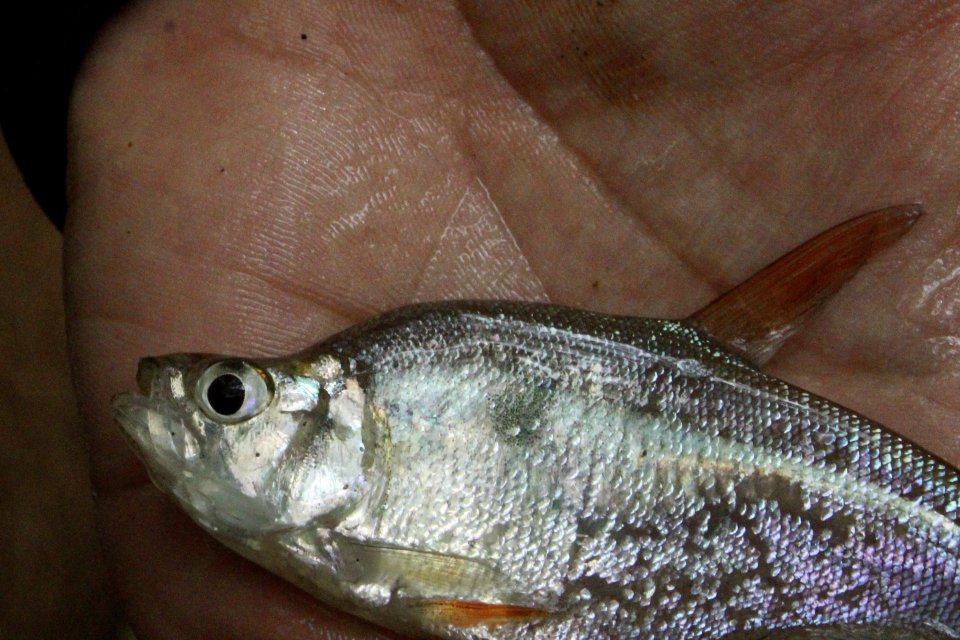
Some days you eat the bar, some days, it eats you.
The river cascades from the highlands in a series of picturesque waterfalls, and eventually flows into the Pacific.
Back in June of 2023 (the last time, we visited), we purposely came back empty handed, the fish we did catch (in my view) were too large to keep, they were very large chupa piedras `(Ancistrus chagresi).
With almost every cast, at least one large pleco was pulled up.

Didn¨t take long to figure out thia day wasn´t going to work for collecting here.


Moving on, we found the Rio Cacoa de Capira, a small stream a few miles down the road,and spent about 2 hours netting there.


We landed 2 juvie Andonoacara cichlids, a Roeboides tetra, and a one fresh water shrimp.


Some days you eat the bar, some days, it eats you.




